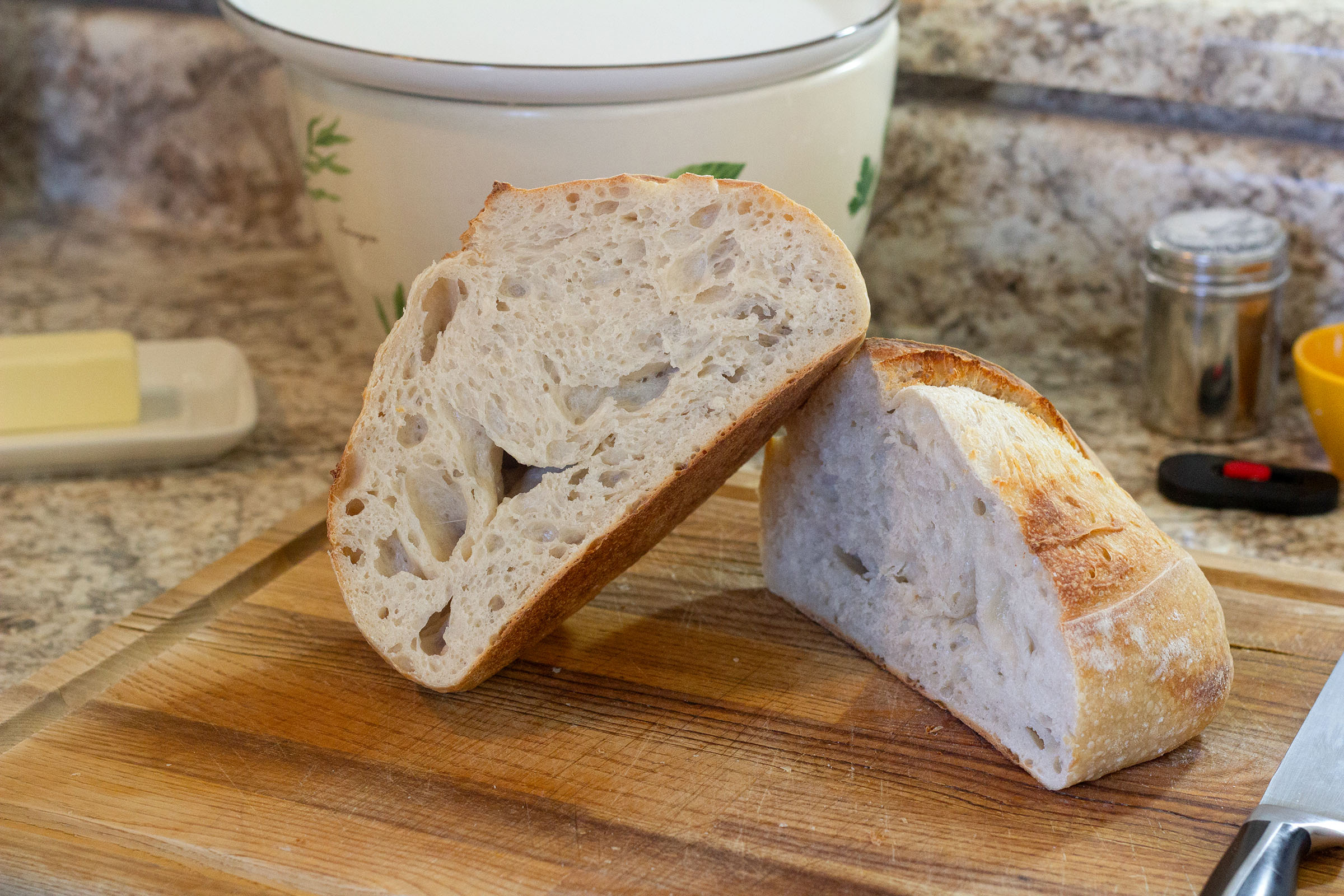Love your crepe myrtle – don’t murder it!
Love shouldn’t hurt, but sometimes we gardeners kill our plants with too much attention. Take “crepe murder,” for example.
Crepe murder, a term reportedly coined a couple of decades ago by Southern Living magazine, refers to the practice of severely cutting back crepe myrtles during the late fall and winter, a perhaps unwitting but nonetheless senseless attack on the beauty of these lovely plants.
Crepe myrtles (usually Lagerstroemia indica or Lagerstroemia x fauriei hybrids) are native to Asia, but they’ve been in this country for centuries, first introduced here in the 1700s. They are especially popular in the South because they thrive in our hot climate, require only minimal maintenance, produce prolific blooms from summer into fall, often exhibit dramatic color when their leaves turn in autumn and, on top of it all, usually have gorgeous mottled bark that is especially stunning when their leaves are off in the winter.
Through the centuries, a huge selection of crepe myrtle options have been developed to offer a wide range of sizes, from shrubs to trees (18 inches to 25 feet or more in height, depending on the cultivar or variety) and bloom colors (white to many hues of red, pink and purple).
The practice of cutting these plants back to the nub each year came about because it was originally believed that heavy pruning promoted more blooms, and because severe pruning was a way to control their size, which is understandable because many of these plants can rapidly outgrow their allotted space. Regardless of the motive, experts have determined that crepe murder is totally unnecessary and can actually be detrimental to the plants, perhaps not killing them outright, but certainly maiming their natural beauty.
 Heavy pruning removes strong, viable limbs and encourages the growth of weak and flimsy shoots that may not be strong enough to support blooms come summer. It can also cause them to sprout small, random shoots along their trunks and limbs that then have to be pruned to keep the plants from becoming too bushy and ruining their inherently graceful silhouettes.
Heavy pruning removes strong, viable limbs and encourages the growth of weak and flimsy shoots that may not be strong enough to support blooms come summer. It can also cause them to sprout small, random shoots along their trunks and limbs that then have to be pruned to keep the plants from becoming too bushy and ruining their inherently graceful silhouettes.
Certainly it’s fine and appropriate to do some judicious crepe myrtle pruning, but it should be done in late winter and early spring and it’s best to only cut random shoots or clip a few internal branches to open up the canopy. It’s also fine to cut back any crossed or dead branches and to trim side branches from the trunk to develop a more tree-like shape.
If you simply must reduce their height, carefully snip off no more than 2 to 3 feet of the topmost branches. And if you want to promote a longer flowering season, snip off dead blooms as the season progresses.
If your crepe myrtles are victims of past crepe murder attacks, they can be rescued and healed. Just stop cutting them back this year and let them regrow while selectively pruning weaker shoots as they emerge from the trunk and larger branches. If past pruning is truly severe, try cutting them back to within a couple of inches of the ground and let them regrow, snipping off all the shoots except for the straightest, strongest ones to establish a new structure for the plant.
If those rescue attempts fail, it may be time to replace wounded crepe myrtles with new ones, which provide the perfect chance to pick ones that truly fit your landscape needs and tastes. However, make sure to check out all the options before you buy. A great resource for learning more about crepe myrtles is the U.S. National Arboretum website (www.usna.usda.gov/Research/Herbarium/Lagerstroemia/) where you can also find information on managing existing plants.
Another Alabama-specific source of information is the Alabama Cooperative Extension System’s publication,Common Crapemyrtle, at www.aces.edu/pubs/docs/A/ANR-1083/ANR-1083.pdf.
As luck would have it, February is a good time to plant new crepe myrtles — and since legend has it that the myrtle was a favored flower of the goddess of love, Aphrodite, this month may be a good time to buy your Valentine a crepe myrtle. It will be a long-lasting symbol of love that you and your sweetheart can protect and enjoy together for years to come.
FEBRUARY Garden Tips
[list]
- Plant roses and other shrubs and hardy perennials.
- Plant dormant fruit, nut and ornamental trees.
- Start seeds for warm-season vegetables, such as tomatoes, peppers and summer bedding plants, in cold frames or in a protected area.
- Begin planting summer-blooming bulbs.
- Prune summer-flowering shrubs now, but delay pruning spring-flowering shrubs until after they bloom.
- Order seeds for the spring and summer garden.
- Clean out moldy or sprouting seeds before refilling bird feeders.
- Attend gardening workshops and classes or get involved with your local gardening groups.
- Shop for off-season garden supplies that may be on sale this time of year.
[/list]
Katie Jackson is a freelance writer and editor based in Opelika, Alabama. Contact her at [email protected].







